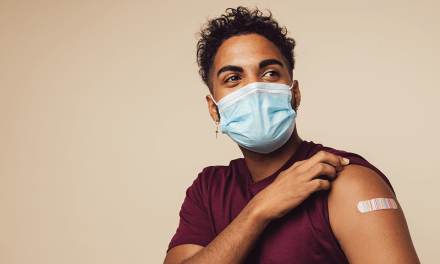Applications are closing soon for a prestigious Indigenous medical scholarship that helped previous recipients an avenue to become prominent leaders in health and medicine.
The Australian Medical Association’s Indigenous Medical Scholarship was created in 1994 to help produce more First Nations doctors, who play critical roles in the health and wellbeing of Aboriginal people, especially those living in remote communities.
Australian university medical students who show commitment to their community and the field of medicine, but require financial help completing their studies, are prime candidates for the AMA scholarship, worth $11,000 a year.
Previous recipients include Associate Professor Kelvin Kong, Australia’s first Aboriginal surgeon, and Professor Alex Brown, a medical doctor and researcher, both leaders in their respective fields.
The AMA scholarship helped 2005 recipient Dr Amy Rosser gain further experience working in remote healthcare, after three years of surgery and general practice training.
Dr Rosser, a Gubbi Gubbi woman from south-east Queensland, is now a rural generalist and treats patients in the Northern Territory.
She said the funding helped further her experience in rural healthcare, advice given to her after narrowly missing a job as a doctor in Antarctica.
Dr Rosser applied for “the most remote job I could find”, a position based in Alice Springs but one that saw her regularly work in rural Aboriginal communities.
“I really, really loved it… and never applied for Antarctica again,” she said.
Dr Rosser has lived in Alice Spring for eight years now, regularly visiting Yuendumu, almost 300km north-west of Alice Springs, to treat the community’s plethora of health needs.
She said Indigenous people in remote areas of central Australia were exposed to a variety of health issues and it was essential they had access to regular GP.
“Being available to provide high-level medical care within the community can make a big difference, and support the delivery of care closer to home,” she said.
Dr Rosser believed having a resident doctor in a community gave Indigenous people trust and confidence to seek their help for various healthcare issues.
“People in these communities are used to doctors and nurses coming and going every year, but when they’ve got someone who stays there for a long time, that has a very positive effect on their sense of wellbeing,” she said.
“It takes a couple of years before people start to trust you. Being able to stay (in the community) has made a big difference, in that now I have a lot of trust from people.”
Dr Rosser wants to see more First Nations doctors in the medical field and, furthermore, return to their communities as resident GPs.
“Truly understanding the challenges and needs of Indigenous communities is vital to being able to provide culturally appropriate care,” Dr Rosser said.
She urged budding doctors to tackle the challenges that come with working in remote regions and communities.
“Go for your dreams … for me it was really scary coming out somewhere so remote, but there’s support available and people to help you,” she said.
“And you won’t learn new skills until you try.”
Applications for the 2024 Indigenous Medical Scholarship close January 31.
This article was originally published in the National Indigenous Times and written by David Prestipino. To view the original article, click here.











